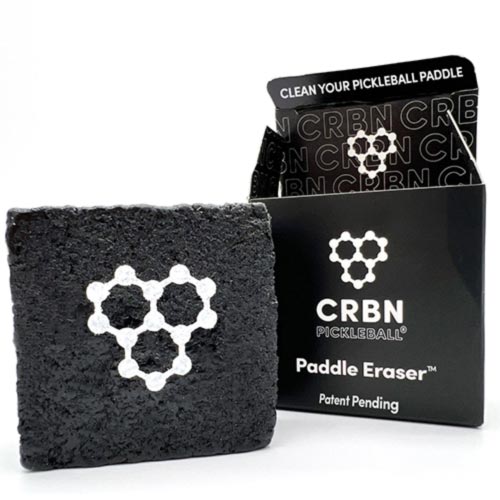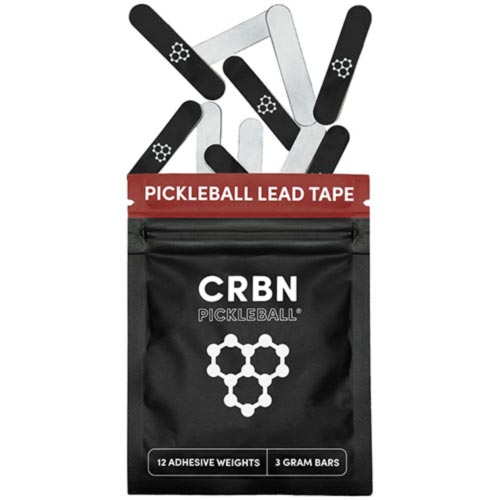Turn Defense Into Offense — and Stop Playing Scared
If you want to level up in pickleball, you can’t play scared. Playing tight, hanging back, and waiting for “perfect” opportunities will keep you stuck at your current level.
In this Pickleball Cheat Code episode, Brodie Smith and Tanner Tomassi break down how to shift from survival mode to control mode—learning to defend smart, attack with confidence, and manage momentum like a pro.
They cover what separates players who react from players who dictate: court positioning, anticipation, and the ability to flip pressure into opportunity.
1. Recognize When You’re Playing Scared
“Scared” players dink forever, hesitate on pop-ups, and avoid stepping into the kitchen. They play not to lose instead of playing to win.
Signs You’re Playing Scared:
-
You dink endlessly instead of attacking clear openings.
-
You stay a half-step off the kitchen, afraid of getting tagged.
-
You pop up balls because you hesitate or overthink.
Tanner’s Fix: When you earn a pop-up, take the shot. At higher levels, those windows get smaller—waiting means you miss your chance.
2. Pressure Your Opponents First
Confidence isn’t about taking wild swings—it’s about putting pressure on your opponents so they make the mistakes.
Tanner explains that most players forget: your opponents are nervous too. If you play too safe, they get comfortable. By taking the initiative—speeding up, rolling dinks, or driving when they’re off-balance—you force them to respond under stress.
Pro Insight: “If you never make them feel pressure, they’re going to look like superstars.” – Tanner
3. Handle Being Targeted Like a Pro
When you’re the target in a match, the worst thing you can do is crack. Tanner’s approach:
-
Be rock solid. No unforced errors.
-
Think middle. Reset to safe zones instead of forcing winners.
-
Show confidence. Stay calm in cross-court rallies to discourage opponents from picking on you.
If you do get a “dead dink,” don’t panic. Hit an aggressive, controlled dink to apply pressure instead of swinging wildly.
4. Reading the Game: The True Difference Between 5.0 and 6.0
The jump from 5.0 to 6.0 isn’t about flash—it’s about recognition.
-
Knowing when to attack and when to hold.
-
Seeing the cues that predict backspin, topspin, or float.
-
Anticipating the next shot before it happens.
Tanner’s Key: “At 6.0, you’re just making the right decisions more often. You’ve seen enough reps that your brain knows what’s coming.”
5. When to Reset vs. Counter
Every defensive rally presents a decision: absorb or fight back?
Brodie and Tanner explain that top players rarely “just reset” anymore—most counters come from anticipation and positioning. But resets still matter when:
-
You’re off-balance or stretched wide.
-
The attack comes lower than net height.
-
You’re caught off guard and need to buy time.
Otherwise, if you’re balanced and ready—counter. Punch that ball down and keep the pressure on.
6. Anticipation: The Hidden Skill Behind Fast Hands
Reading speedups is half preparation, half pattern recognition.
-
Expect the attack when your opponent has a “dead dink.”
-
Protect the chicken wing—most drives aim there.
-
Step over slightly to cover the ball early and let your partner take the opposite lane.
Pro Insight: “Your default should always be to reach and take balls out of the air. That’s how you control tempo.” – Tanner
7. Playing Forward vs. Off the Line
Smart players switch between playing tight and giving space.
-
Step off the line against attackers who rip everything.
-
Lean in when opponents dink soft and high.
-
Read paddle tendencies—two-handers can attack off the bounce, one-handers usually can’t.
Controlling your depth helps you turn defensive moments into offensive ones without guessing.
8. Footwork and Feel: The Unsung Heroes
Good defense relies on balance and quiet feet.
-
Stay grounded in hands battles—“cement feet, quick hands.”
-
Keep your head steady. Don’t bob up and down.
-
Short strokes > big swings. Quick reloads win firefights.
-
Always aim down, not through—fast hands are a battle for who gets the ball below net height first.
9. Drills to Turn Defense Into Offense
Brodie and Tanner’s go-to reps:
Transition Resets → Rip Drill
Reset over and over, but when you get a high shoulder ball, rip it and charge the net. Train both patience and trigger timing.
Counter Recognition Drill
Alternate speedups and resets—three defensive blocks, then a counter. Builds rhythm and decision-making for real points.
Bonus Tip: Film these sessions. You’ll spot when you’re attacking too early, standing up too tall, or losing balance mid-firefight.
Final Word: Confidence Comes From Reps
Every pro-level skill comes down to repetition and awareness. The more you play, the more your brain connects cause and effect—what shot creates what reaction.
Stop dinking scared. Learn when to take your space, recognize pressure moments, and attack with intention. Because confidence isn’t about swinging harder—it’s about knowing when to pull the trigger.
🎧 Listen to the full episode of Pickleball Cheat Code on Spotify or Apple Podcasts for more pro-level strategy.













